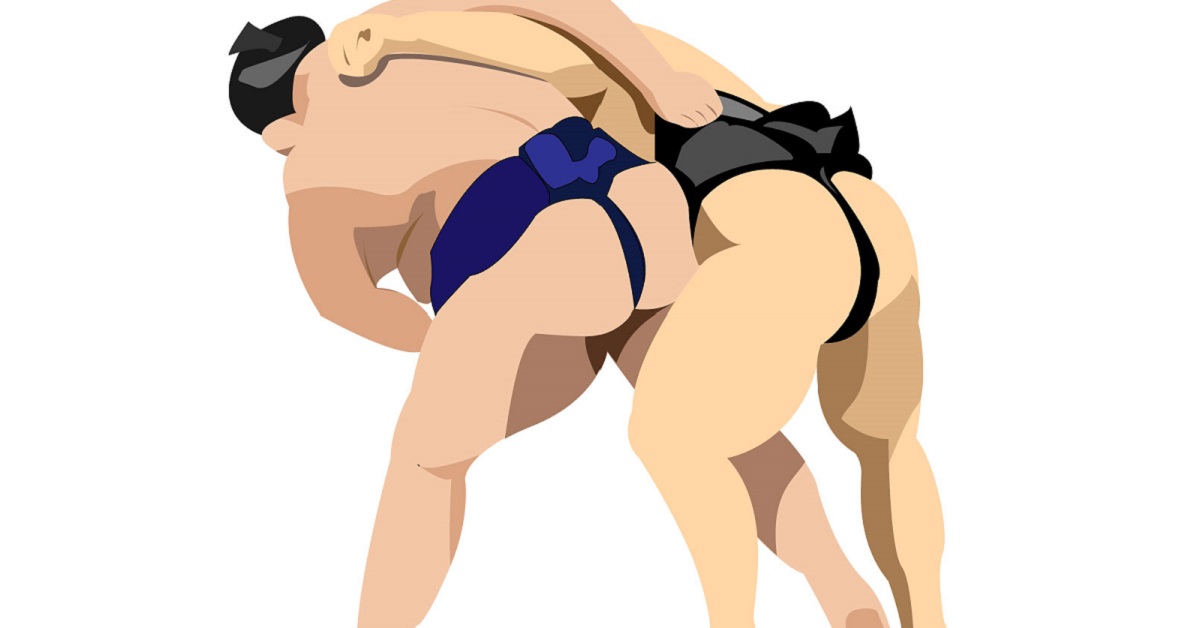Starting a career as a sumo wrestler may seem like a distant dream, but in reality, anyone who meets the requirements and has strong determination can aim for the dohyo. This guide explains the exact steps needed to become a sumo wrestler, from eligibility and entry exams to daily life in a sumo stable. Whether you’re a curious beginner or a foreign national, this article will walk you through the rigorous yet rewarding world of sumo.
Basic Requirements to Become a Sumo Wrestler
The first step to becoming a sumo wrestler is passing the New Recruit Examination regulated by the Japan Sumo Association. Without passing this, you cannot enter the professional sumo ring, no matter how strong your passion.
| Criteria | Requirement |
|---|---|
| Age | At least a junior high school graduate and under 23 years old (some exceptions apply) |
| Height | At least 167 cm |
| Weight | At least 67 kg |
| Health | Medically cleared to participate in sumo |
For those with achievements in other sports like judo or wrestling, exceptions may be made for minor deficiencies in height or weight. However, these are subject to official approval and require proof of performance. Applicants should be fully aware of these conditions and be physically prepared in advance.
Joining a Sumo Stable is Essential
A sumo stable (heya) is the foundation of a wrestler’s life. It’s where wrestlers live, train, eat, clean, and learn discipline. With over 40 stables across Japan, each has different philosophies and training styles.
| Aspect | Consideration |
|---|---|
| Training Style | Strict discipline or technical development |
| Number of Wrestlers | Avoid overcrowded stables |
| Stablemaster | Former professional experience is a plus |
| Living Conditions | Clean and organized environment |
New recruits live under strict hierarchical rules. They learn respect and social manners through daily chores. Choosing the right stable is critical for one’s future, and decisions should be made with guidance from family or trusted advisors.
Can Foreigners Become Sumo Wrestlers?
Sumo has global popularity, and many foreigners dream of becoming wrestlers. However, there is a rule that only one foreign-born wrestler is allowed per stable to preserve cultural balance.
| Requirement | Details |
|---|---|
| Japanese Language | Daily conversational ability is expected |
| Cultural Adaptation | Understanding of Japanese customs required |
| Residency Status | Long-term visa required, with support available |
| Family Support | Mental and emotional support is important |
Famous examples like Hakuho and Asashoryu prove that foreigners can succeed by embracing the traditions of sumo.
What Is the New Recruit Examination?
The New Recruit Examination is the official gateway into professional sumo. It evaluates physical fitness, health, and attitude.
| Item | Content |
|---|---|
| Physical Check | Height, weight, and chest measurements |
| Medical Check | Vision, hearing, heart tests, etc. |
| Fitness Test | Flexibility, squats, jumps, etc. |
| Interview | Personality and motivation evaluated |
Held six times a year, this exam is essential for entering the lower-level tournaments known as maezumo. Motivation and proper manners are just as important as physical strength.
A Day in the Life of a Sumo Wrestler
Sumo wrestlers live under strict routines and regulations. Their daily lives are built around training and discipline, with limited free time.
| Time | Activities |
|---|---|
| 5:00 | Wake up and clean |
| 6:00 | Morning training (2–3 hours) |
| 9:00 | Breakfast (mainly chanko-nabe) |
| 11:00 | Household chores, laundry |
| 14:00 | Free time and rest |
| 17:00 | Dinner preparation and meal |
| 21:00 | Bath and bedtime preparations |
The life of a sumo wrestler is not only about physical growth, but also about personal development through hardship and structure.
Conclusion
Becoming a sumo wrestler means embracing a path of tradition, pride, and discipline. You must fulfill specific entry conditions, pass the New Recruit Examination, and train under a strict lifestyle in a sumo stable. For foreigners, the path is open if they show genuine commitment and willingness to adapt.
Sumo is not merely a sport—it is a way of life and a symbol of Japanese culture. Those who dedicate themselves to this path gain more than strength—they grow as individuals. If you’re drawn to the sumo world, it may be time to test your resolve. At the end of this journey lies pride, growth, and a unique view only visible from the dohyo.





コメント